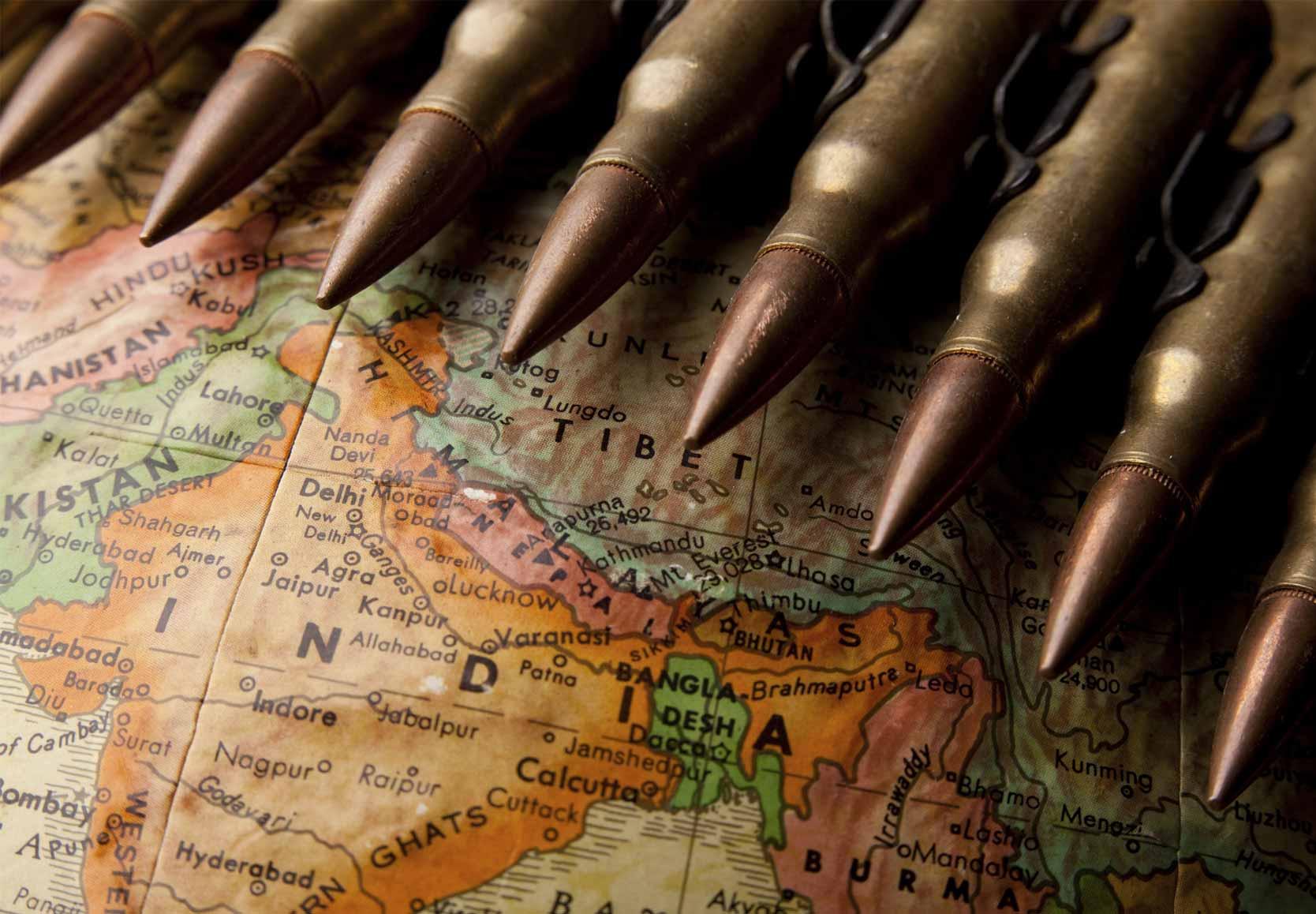Following the strategy of Sheltered Pursuit, Pakistan completed its nuclear program and tested its weapon capability on 28th May 1998 in response of Indian nuclear tests in following year. Introduction of nuclear weapons in South Asia radically changed the threat environment. Pakistan, a credible military power but weaker economy with subsequent geographic and diplomatic shortcomings is subjected to existential threats posed by India. This indicates why nuclear weapons have granted Pakistan ultimate sense of security by rendering Indian option of initiating armed conflict in South Asia out of scope.
Indian response to Pakistan nuclear weapons, which created stability-instability paradox in South Asia, was in shape of Cold Start Doctrine. The basic idea which is actively projected by Pakistan till today is that the dangers of ignition of conflict can be averted by assuring that any conflict, even initiated on a limited scale, will ultimately turn into nuclear war. This notion reduces the likelihood of conventional war, an area where India prevails, and thereby increases the potency of proxy warfare, an area dominated by Pakistan in Indo- Pak war theatre. The aim of Cold Start is to explore deficiencies in nuclear deterrence posture of Pakistan for ‘punishing’ Islamabad in response of Kashmir borne low intensity conflicts. Though Cold Start Doctrine successfully exploited the shortcomings in Pakistan’s defenses but Pakistan assertive response in shape of Tactical Nuclear Weapons development & deployment under the banner of doctrine Full Spectrum Minimum Deterrence (FSMF) has undercut the impunities India enjoys at the sub-conventional level.2
Maintenance of this deterrence is crucial for stability in South Asia though this stability exists in wrapping of ‘Nuclear Peace’. Deterrence is dynamic in nature which depends on several elements for maintaining its feasibility. These elements are also called ‘Cs’ of deterrence. In general, three ‘Cs’ are put into consideration i.e. Credibility, Capability and Communication. However, due to evolution of threat nature, the three-dimensional concept of Deterrence is now enlarged to include a fourth dimension called Consistency. For Pakistan, it is important to maintain Consistency of its Capability, Credibility and Communication for discouraging India from conducting undesirable actions in South Asian war theatre. New Delhi inclusion to modernize its conventional forces, supported by its rapidly growing economy, may pose threat to deterrence stability. India is looking to enhance its conventional prowess up to the level, where at least theoretically it will be able to locate, track, engage and destroy Pakistan nuclear assets which serves as ultimate tools of deterrence. Once that condition is achieved, at least allegedly, it will breach the deterrence barrier that exist in shape of nuclear weapons, leading to devastative conflict in South Asia.




